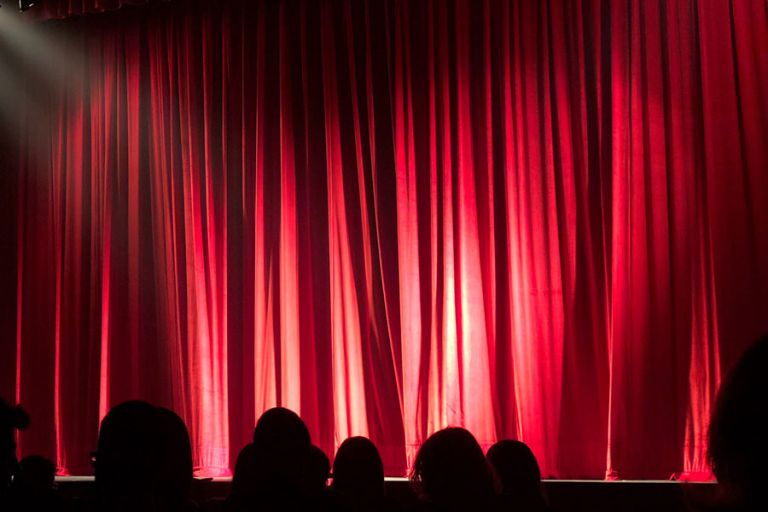These two young Americans – Zuill Bailey (cello) and Awadagin Pratt (piano) – could have been born to perform these works. There is an absolute commitment in their performances; Bailey in particular stands out as one of the pre-eminent cellists of his generation, whose immaculate technical skills only serve his deep musicianship.
The Brahms chamber music is somehow contradictory. On one hand the works embody Romanticism in full flight, yet the essence of Brahms is his rigorous intellectual honesty, even austerity. The two aspects should clash. Here, with these performers, the one illuminates the other.
Brahms was a perfectionist and almost had to be forced to make some of his works available for performance. There are examples here, including the famous Sonatensatz, part of a scherzo written solely as a three-movement party diversion for the famous violinist Joachim, who was challenged to name which composer wrote each movement. Only after Brahms had died did Joachim realise the now-famous contribution deserved publication.
The two Brahms Sonatas for Cello and Piano are presented here alongside eight short works. The sonatas show another contradictory aspect to Brahms’s oeuvre in that the First is seemingly the more thoughtful, while...
Continue reading
Get unlimited digital access from $4 per month
Already a subscriber?
Log in










Comments
Log in to join the conversation.